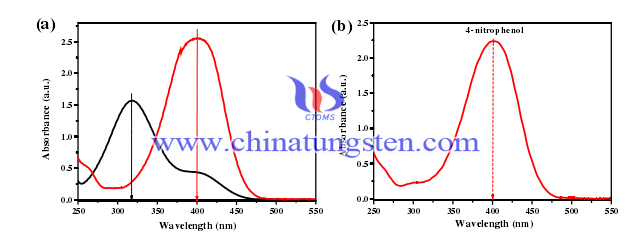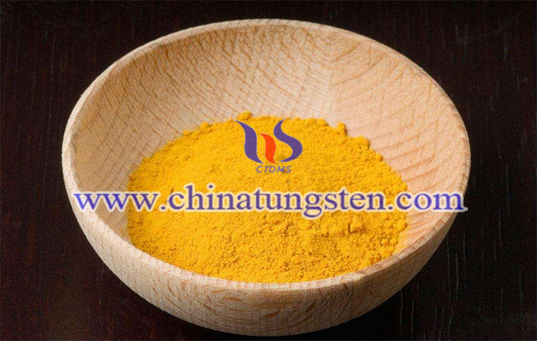Tungsten Oxide Nanomaterial XPS Spectrum
- Details
- Category: Tungsten Information
- Published on Thursday, 01 March 2018 11:04
To investigate the non-stoichiometric characteristics of tungsten oxide nanomaterial, XPS spectra can be used to determine valence information of each element in the obtained tungsten oxide nanomaterials and their surface compositions. The XPS spectrum clearly shows that the tungsten oxide nanopowders have both tungsten and oxygen elements and do not contain other impurity elements.
From the XPS spectrum of tungsten oxide nanomaterials, the spectrum is divided into four peaks. Two of the more intense main peaks, 37.5 eV and 35.4 eV, are characteristic peaks of hexavalent tungsten ions. While the 36.5 eV and 34.6 eV are characteristic peaks of pentavalent tungsten ions. The resulting tungsten oxide has the presence of a low-valent tungsten ion. This shows that there is free oxygen vacancy in tungsten oxide prepared by hydrothermal method. The presence of oxygen defects may have some influence on the catalytic performance of the sample. The results of the data show that the valences of the tungsten elements in the tungsten oxide nanomaterials are predominantly hexavalent tungsten ions and the concentration of pentavalent tungsten ions is about 17% of the total of the tungsten elements.

To further investigate the formation of defects, the light absorption properties of the resulting samples of tungsten oxide nanomaterials at 200-800 nm were tested. At the same time compared with stoichiometric tungsten oxide. To study the change of the forbidden band width of non-stoichiometric tungsten oxide nanomaterials. Tungsten oxide has a response only in the visible region due to its band gap of 2.6 eV. Compared with ordinary tungsten oxide, tungsten oxide nanomaterials not only absorb in the visible region, but also have a strong absorption in the near infrared region, which proves that the obtained tungsten oxide nanomaterials contain many oxygen defects.

- Tungsten Oxide Manufacturer & Supplier, Chinatungsten Online: www.tungsten-oxide.com
- Tungsten News & Prices of China Tungsten Industry Association: www.ctia.com.cn
- Molybdenum News & Price: news.molybdenum.com.cn
- Tel.: 86 592 5129696; Fax: 86 592 5129797; Email: sales@chinatungsten.com



 sales@chinatungsten.com
sales@chinatungsten.com